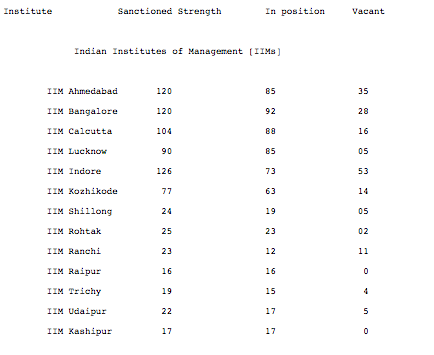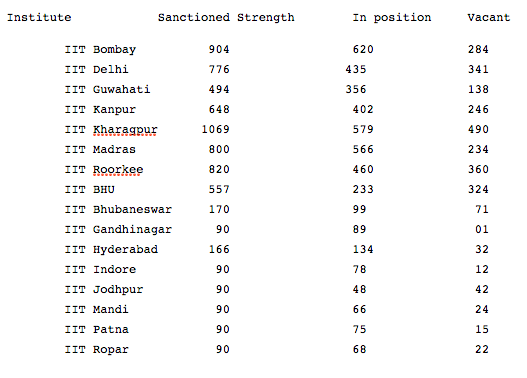Recently I read this book called Chaos Monkeys which is about a former Goldman Sachs guy who first worked for a startup, then started up himself, sold his startup and worked for Facebook for a number of years.
It’s a fast racy read (I finished the 500 page book in a week) full of gossip, though now I remember little of the gossip. The book is also peppered with facts and wisdom about the venture capital and startup industries and that’s what this blogpost is about.
One of the interesting points mentioned in the book is that venture capitalists do not churn their money. So for example if they’ve raised a round of money, some of which they’ve invested, liquidating some of the investment doesn’t mean that they’ll redeploy these funds.
While the reason for this lack of churn is not known, one of the consequences is that the internal rate of return (IRR) of the investment doesn’t matter as much as the absolute returns they make on the investment during the course of the round. So they’d rather let an investment return them 50x in 8 years (IRR of 63%) rather than cash it one year in for a 10x return (IRR of 900%).
Some of this non churn is driven by lack of opportunities for further investment (it’s an illiquid market) and also because of venture capitalists’ views on the optimal period of investment (roughly matching the tenure of the rounds).
This got me thinking about why venture capitalists raise money in rounds, rather than allowing investors continuous entry and exit like hedge funds do. And the answer again is quite simple – it is rather straightforward for a hedge fund to mark their investments to market on a regular basis. Most hedge fund investment happens in instruments where price discovery happens at least once in a few days, which allows this mark to market.
Venture capital investments however are in instruments that trade much more rarely – like once every few months if the investor is lucky. Also, there are different “series” of preferred stock, which makes the market further less liquid. And this makes it impossible for them to mark to market even once a month, or once a quarter. Hence continuous investment and redemption is not an option! Hence they raise and deploy their capital in rounds.
So, coming back, venture capitalists like to invest for a duration similar to that of the fund they’ve raised, and they don’t churn their money, and so their preferences in terms of investment should be looked at from this angle.
They want to invest in companies that have a great chance of producing a spectacular return in the time period that runs parallel to their round. This means long term growth wise steady businesses are out of the picture. As are small opportunities which may return great returns over a short period of time.
And with most venture capitalists raising money for similar tenures (it not, that market fragments and becomes illiquid), and with tenure of round dictating investment philosophy, is there any surprise that all venture capitalists think alike?




